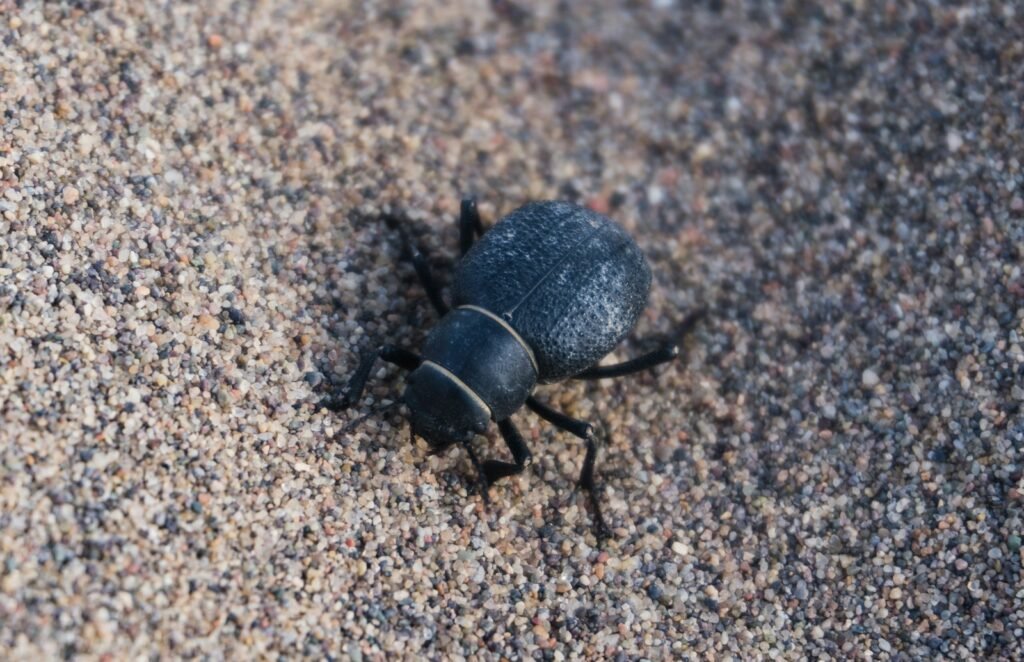Imagine standing in the middle of a vast desert, where the sun scorches the earth and water seems nothing more than a distant dream. Now picture a tiny black beetle, barely the size of your fingernail, doing the unthinkable: drinking water right out of thin air. It sounds like a magic trick, but it’s pure science. These desert beetles have found a way to survive in the most bone-dry places on Earth, thanks to their remarkable, nanostructured shells. Their bodies are like living water-harvesting machines, using secrets that nature has polished over millions of years. If you’ve ever wondered how life manages to thrive against all odds, the story of the desert beetle is about to surprise, inspire, and maybe even change the way you see the world around you.
The Harsh Reality of Desert Life
Deserts are some of the most unforgiving places on Earth. With temperatures that soar during the day and plummet at night, survival here is a daily battle. Water, the very foundation of life, is so scarce that even a single drop feels precious. Most animals wouldn’t last long under these conditions, yet the desert beetle not only survives—it thrives. This tiny insect’s resilience is a testament to nature’s creativity. The desert’s dryness, relentless sun, and shifting sands have pushed life to adapt in extraordinary ways. Every living thing here is a master of survival, but the beetle stands out as a true marvel.
Meet the Namib Desert Beetle
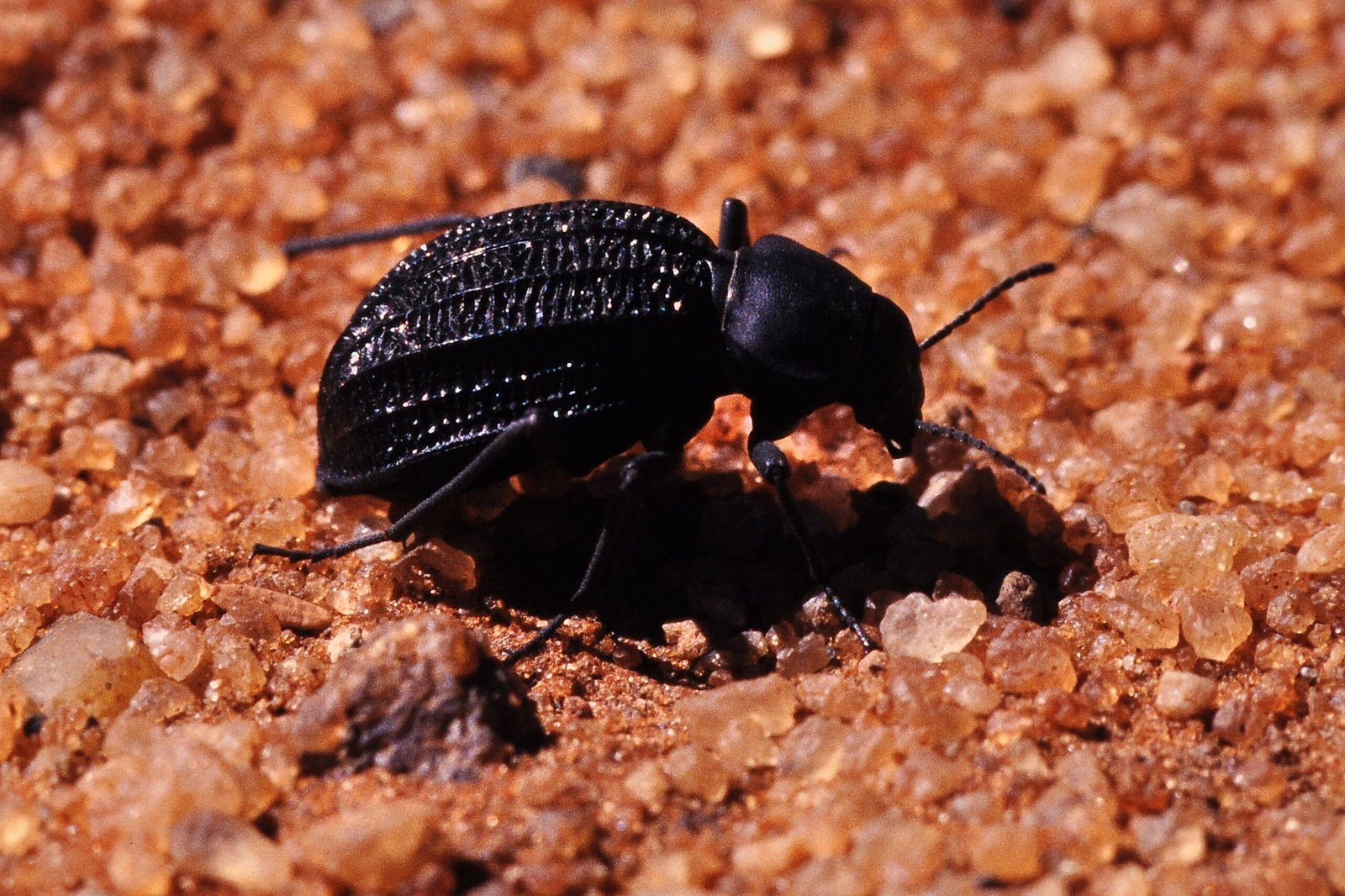
The Namib Desert beetle, also known as Stenocara gracilipes, has captured the imagination of scientists and explorers alike. It lives along the foggy coastlines of Namibia, where rainfall is practically nonexistent. What’s fascinating is that this beetle has turned its biggest challenge—lack of water—into its greatest strength. By tapping into the morning fog that rolls in from the Atlantic Ocean, the beetle manages to quench its thirst without ever finding a puddle. This clever insect is a master at making the impossible possible, and its unique adaptations have made it a subject of endless curiosity and research.
Fog Harvesting: Turning Air Into Water
Early in the morning, when the desert is still cool, a thick fog blankets the sand dunes. While most creatures are hunkered down waiting for the sun, the Namib beetle climbs to the highest peaks. There, it performs a ritual that looks almost like a dance: it raises its body, angles its shell toward the breeze, and waits. Tiny droplets of water from the fog begin to gather on its back, slowly merging and rolling down toward its mouth. This incredible feat—turning invisible vapor into drinkable water—is not luck, but the result of millions of years of evolution.
The Science Behind Nanostructured Shells
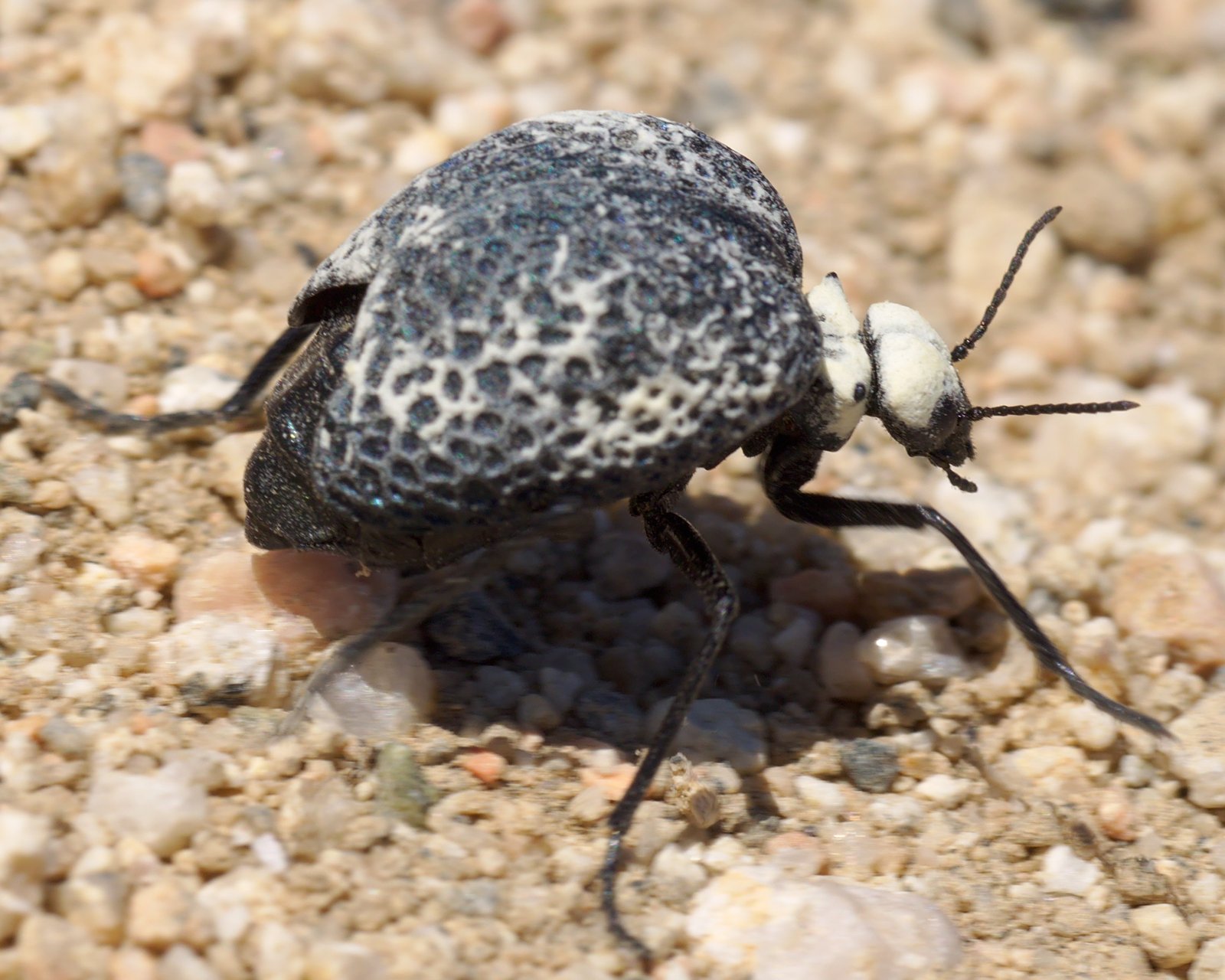
What makes the beetle’s shell so special? The answer lies in its nanostructured surface. If you could shrink yourself down and walk across the beetle’s back, you’d find a landscape dotted with microscopic bumps and valleys. These tiny structures aren’t random; they’re perfectly designed to grab water out of thin air. The bumps are hydrophilic, meaning they attract water, while the surrounding areas are hydrophobic, repelling it. This clever mix creates a natural water-collecting system that rivals even the best human-made technology.
Hydrophilic and Hydrophobic Marvels
Let’s break down the magic of hydrophilic and hydrophobic surfaces. Hydrophilic bumps act like tiny magnets for water molecules, pulling them in and allowing droplets to form. The hydrophobic valleys in between push water away, guiding the droplets toward the beetle’s mouth. Imagine a tiny water park, where slides and pools are designed to move every drop to exactly the right place. It’s a beautifully orchestrated process, all happening on a surface smaller than a grain of rice.
Evolution’s Role in Shell Design
The desert beetle’s shell didn’t become a water-harvesting wonder overnight. Generations of beetles faced brutal conditions, and only the best-adapted survived to pass on their genes. Over time, natural selection fine-tuned the size, shape, and arrangement of the shell’s bumps and grooves. This evolutionary process has resulted in a surface that’s perfectly suited to the beetle’s environment. It’s a living example of how small changes, repeated over countless generations, can lead to extraordinary innovation.
How Water Moves on the Beetle’s Back
After water droplets form on the beetle’s shell, gravity and surface tension take over. The droplets grow, merge, and eventually become large enough to roll down the beetle’s back. The shell’s sloped design ensures that the water always moves in the right direction—straight toward the beetle’s mouth. It’s a bit like watching raindrops race down a windowpane, only in this case, every drop is a lifeline. The beetle simply waits and drinks as nature delivers its daily ration.
Surviving Without Rain
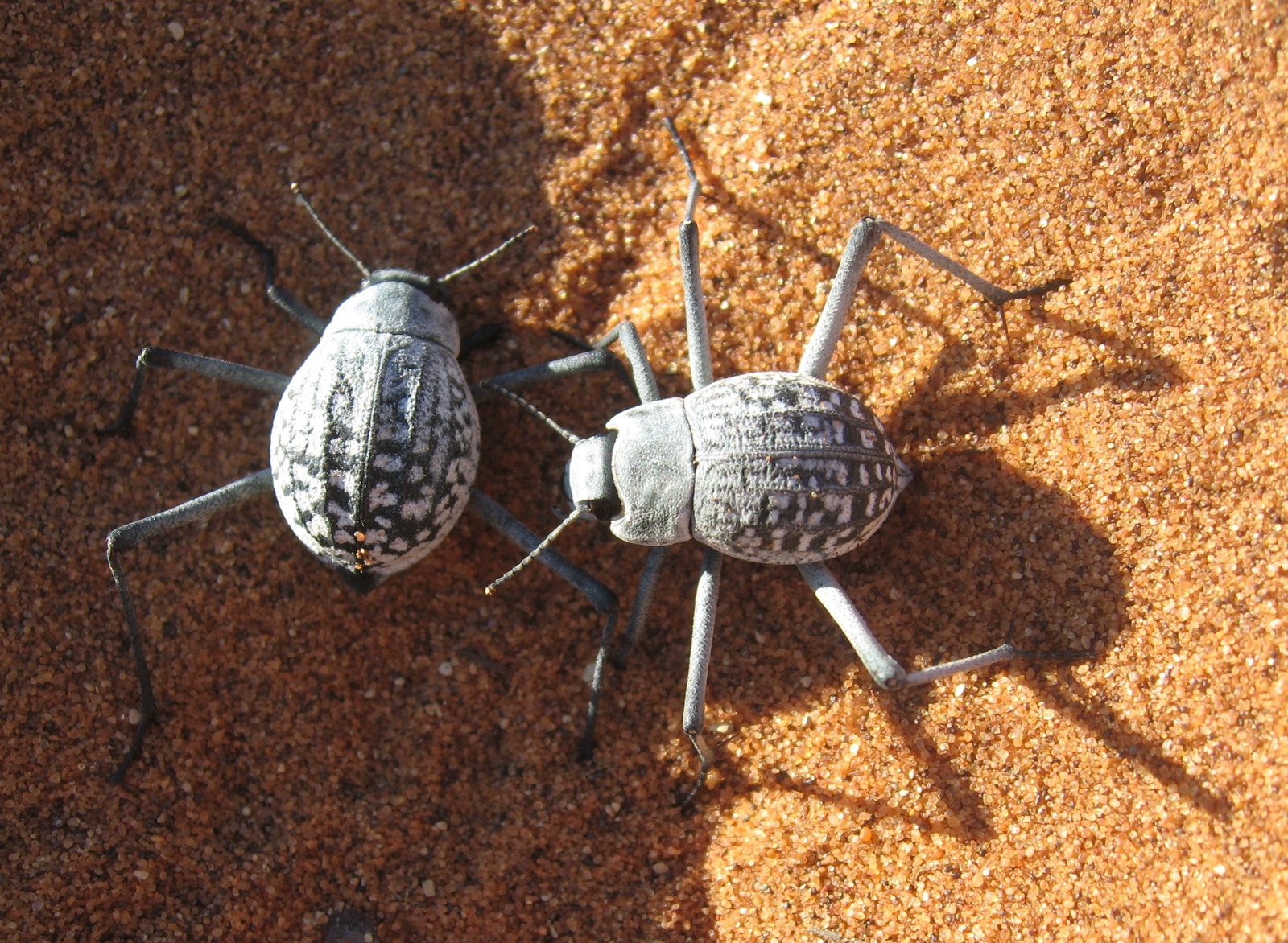
In the Namib Desert, rain is a rare event. Some years, it doesn’t fall at all. The beetle’s ability to harvest water from fog means it isn’t at the mercy of the weather. Instead, it relies on the dependable arrival of morning mist, a resource that goes unnoticed by almost every other animal. This adaptation doesn’t just help the beetle survive—it lets it thrive in a place where others struggle. Its lifestyle is a lesson in making the most of what’s available, no matter how little.
Nature’s Blueprint for Human Innovation
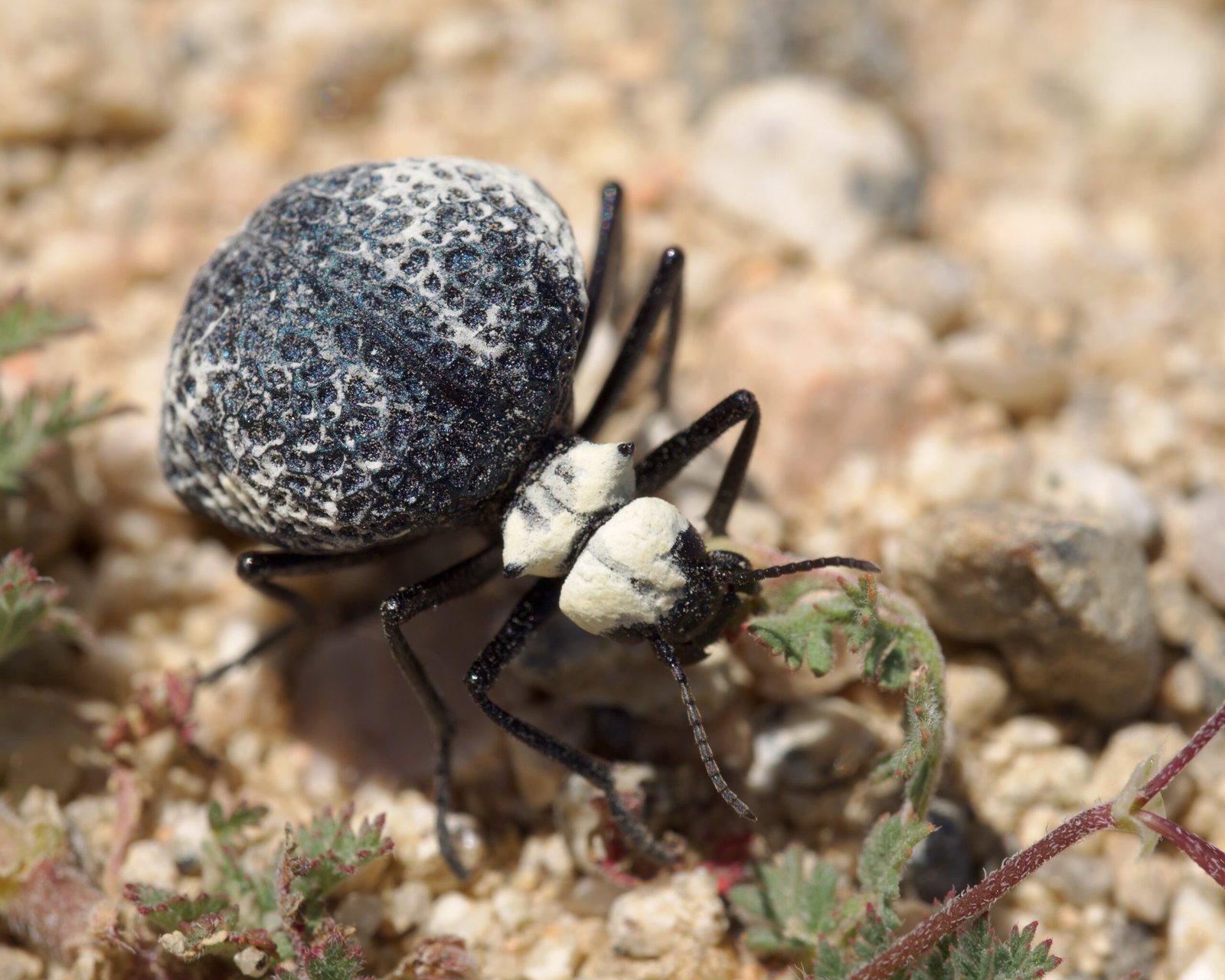
The beetle’s water-harvesting shell has inspired engineers and inventors around the world. Scientists study its nanostructures under powerful microscopes, hoping to unlock its secrets. The goal? To design materials and surfaces that can collect water from air, just like the beetle does. Imagine buildings with walls that “sweat” fresh water, or portable devices that pull drinking water from the atmosphere in the driest places. The beetle’s shell is more than a survival tool—it’s a blueprint for solving one of humanity’s greatest challenges.
Desert Beetles and Biomimicry

Biomimicry is the practice of learning from nature’s designs to solve human problems. The desert beetle is a shining example of how this approach can lead to real-world breakthroughs. By mimicking the hydrophilic and hydrophobic patterns found on its shell, researchers have created new materials that collect water efficiently. These innovations could bring hope to communities facing water shortages, turning the lessons of a humble beetle into life-changing technology for millions of people.
Real-World Applications and Future Potential
Already, prototypes inspired by the beetle’s shell are being tested in deserts, cities, and remote villages. Special nets and surfaces that mimic the beetle’s nanostructures can harvest significant amounts of water from fog and humid air. As climate change makes water scarcer and droughts more common, these technologies could become invaluable. The journey from beetle to blueprint is just beginning, and the possibilities are as vast as the desert itself.
The Role of Nanotechnology
Nanotechnology is at the heart of what makes the beetle’s shell so effective. Scientists use advanced tools to recreate the shell’s microscopic textures in the lab. By controlling materials at the scale of atoms and molecules, they can design surfaces that attract and channel water just like the beetle’s back. This cutting-edge science brings us one step closer to harnessing the natural genius found in even the smallest creatures.
Other Water-Harvesting Creatures
The Namib Desert beetle isn’t alone in its water-harvesting prowess. Other desert creatures, like certain lizards and spiders, have also evolved ways to collect moisture from the air. Some plants, such as the fog-basking Welwitschia, use similar strategies. Studying these organisms broadens our understanding of how life adapts to extreme environments and offers even more ideas for human innovation.
Challenges and Limitations

While the beetle’s strategy is awe-inspiring, it isn’t without its limits. The amount of water collected is small, just enough for the beetle’s needs. Scaling up these biological tricks for human use poses challenges. Scientists must find ways to make materials that are durable, affordable, and efficient. Nature’s designs are brilliant, but translating them into technology is never simple. Still, the promise is too great to ignore.
Lessons in Resilience and Adaptation
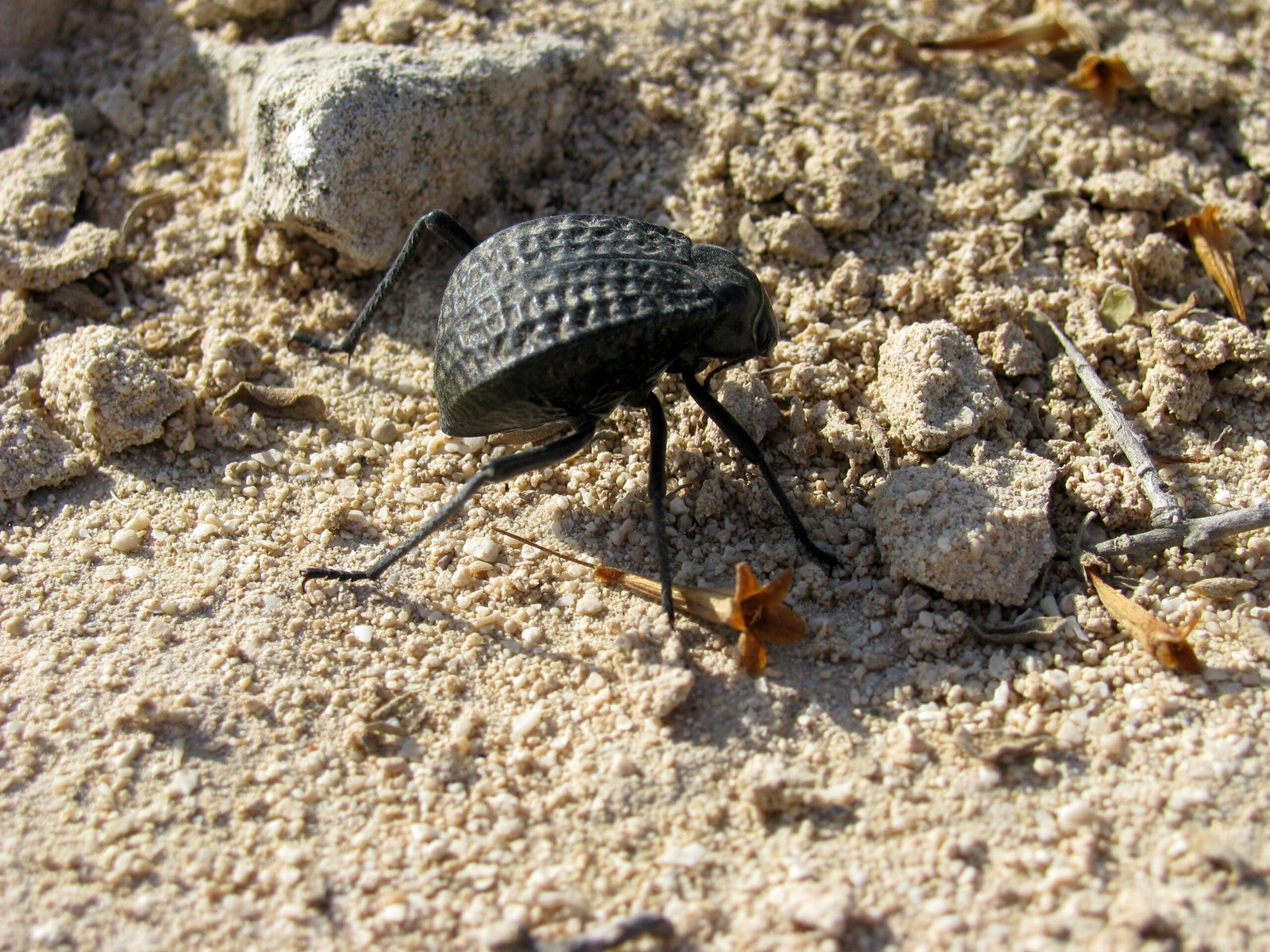
The story of the desert beetle is more than just a tale of survival; it’s a lesson in resilience. These beetles remind us that even in the harshest environments, life finds a way. Their ingenuity is a quiet call to never underestimate the power of adaptation. When faced with overwhelming odds, sometimes the solution isn’t to fight harder, but to think differently—like a beetle harvesting water from thin air.
Why the Desert Beetle Captures Our Imagination
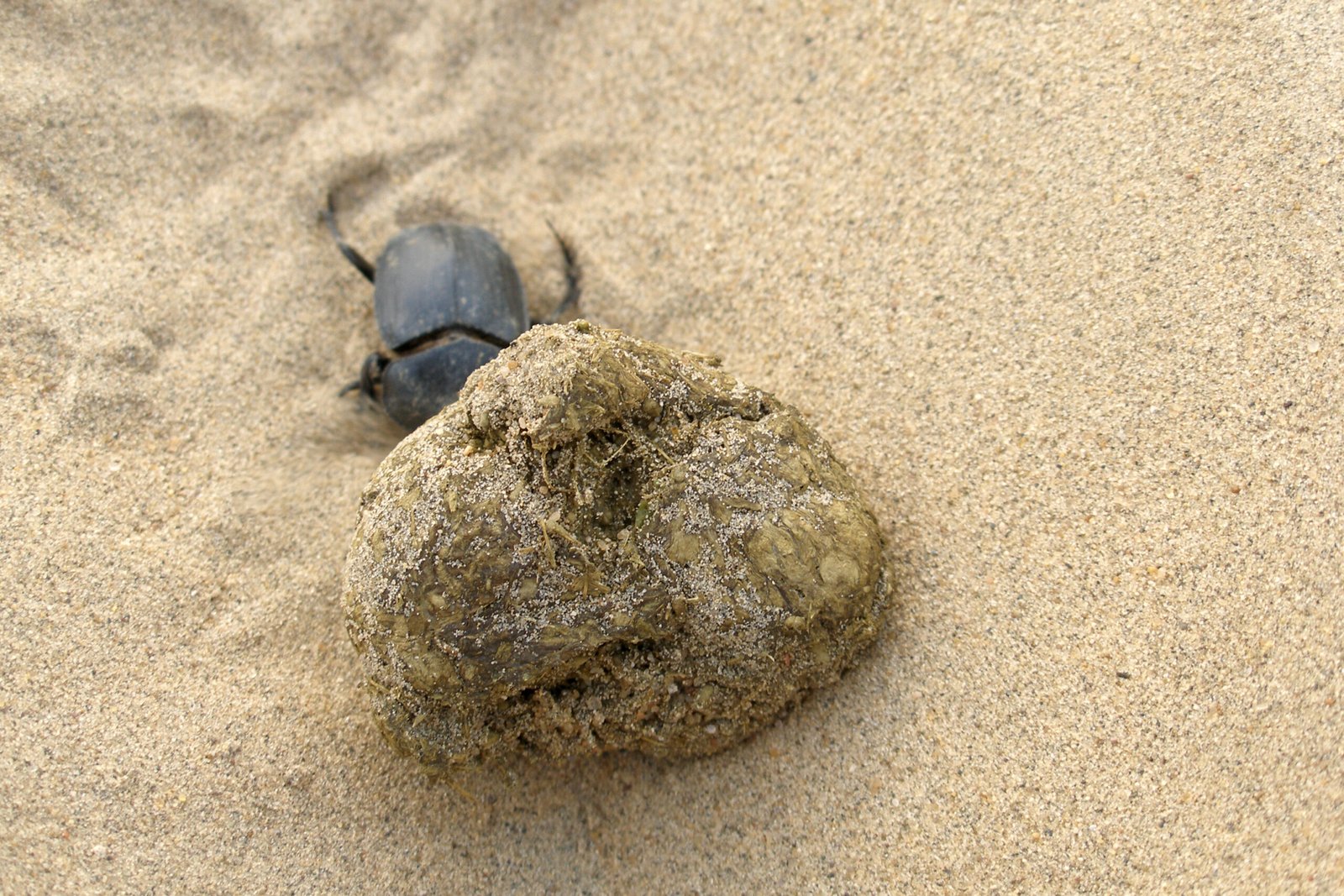
There’s something undeniably captivating about the idea of a tiny beetle outsmarting one of the world’s toughest landscapes. Perhaps it’s the sense of wonder that comes from realizing how much we still have to learn from nature. Or maybe it’s the hope that, with a bit of curiosity and creativity, we can find answers to our own challenges. The desert beetle’s story is a reminder that the world is full of hidden marvels, waiting to be discovered.

